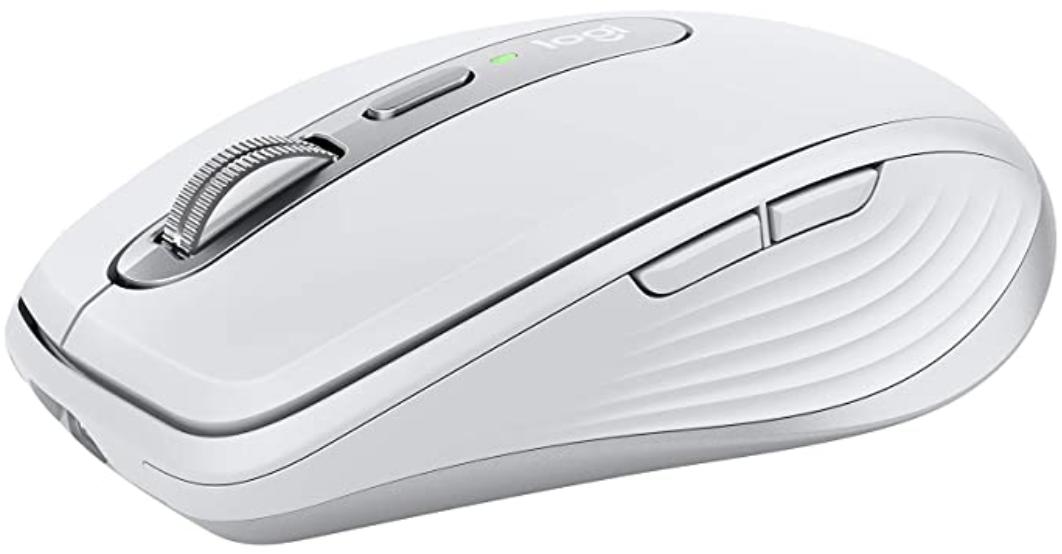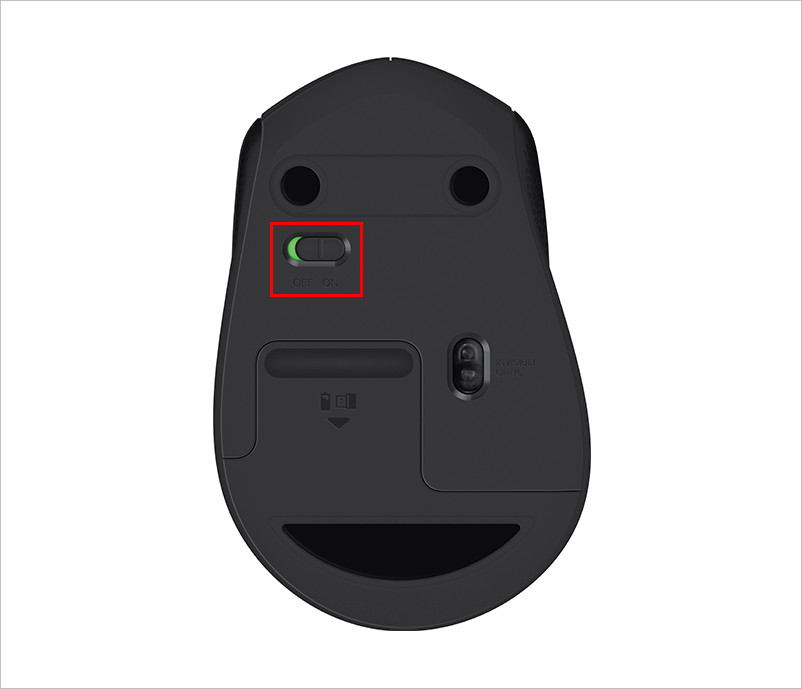
- NON WIRELESS MOUSE FOR MAC FOR MAC
- NON WIRELESS MOUSE FOR MAC SOFTWARE
- NON WIRELESS MOUSE FOR MAC BLUETOOTH
- NON WIRELESS MOUSE FOR MAC MAC
If you see a dialogue, click Pair or press Return. Enter the 8-digit passcode on the keyboard, then press Return. Earlier models of Apple Wireless Mouse or Apple Magic Trackpad will connect automatically or display a dialogue. Apple Wireless Keyboard requires the passcode that appears on your Mac.
NON WIRELESS MOUSE FOR MAC BLUETOOTH
When your device appears in bluetooth preferences, click Pair 1.ġ.
NON WIRELESS MOUSE FOR MAC MAC
Wait while your Mac searches for your device.  Choose Apple menu > System Preferences, then click Bluetooth. Turn the device off, then start again at step 1.) Hover the pointer over the device you want to remove, then click the button that appears next to the device's name. To unpair it, choose Apple menu > System Preferences, then click Bluetooth. Magic Keyboard with Touch ID and Numeric Keypad.
Choose Apple menu > System Preferences, then click Bluetooth. Turn the device off, then start again at step 1.) Hover the pointer over the device you want to remove, then click the button that appears next to the device's name. To unpair it, choose Apple menu > System Preferences, then click Bluetooth. Magic Keyboard with Touch ID and Numeric Keypad. NON WIRELESS MOUSE FOR MAC FOR MAC
Magic Keyboard with Touch ID and Numeric Keypad for Mac models with Apple silicon - US English - Next Gallery Image. If the LED is on but not blinking, your device is already paired with another host. Magic Keyboard with Touch ID and Numeric Keypad for Mac models with Apple silicon - US English - Previous Gallery Image.
Wait until your device's LED starts blinking, which means it's in Discoverable Mode. The sensor should also work on a variety of surfaces, primarily desks, hard and soft mouse pads, wood, and fabric.If your Apple wireless device doesn't have a Lightning port, use a wired mouse or use a trackpad - or the built-in trackpad if you're using a Mac notebook - then follow these steps to set up your earlier Apple wireless devices (such as the Apple Wireless Keyboard, Magic Mouse and Magic Trackpad): Sensor: A mouse’s sensor should be able to register motion correctly and precisely the pointer shouldn’t stop or jump around the screen. NON WIRELESS MOUSE FOR MAC SOFTWARE
Many people don’t use the software that comes with their wireless mouse, but it’s a nice bonus.
Useful software: Oftentimes, wireless mice come with bundled software to track battery life and to customize buttons, sensitivity, acceleration, scroll speed, and more. Battery life degrades over time, so the more a mouse starts with, the better.  Battery life: A great wireless mouse should last a couple of years on replaceable batteries or a couple of months on a charge at the very least. 1 If your mouse has a dongle, it should be unobtrusive, and your mouse needs a cavity to store it. The connection shouldn’t cut out across short distances.
Battery life: A great wireless mouse should last a couple of years on replaceable batteries or a couple of months on a charge at the very least. 1 If your mouse has a dongle, it should be unobtrusive, and your mouse needs a cavity to store it. The connection shouldn’t cut out across short distances. 
Connection: Bluetooth is a requirement-since many laptops have only USB-C ports nowadays-but a 2.4 GHz USB wireless receiver (also known as a dongle) is also nice to have since it can be easier to set up and can provide a more stable connection in some environments. We also noted button placement and whether the buttons felt awkward to use. Buttons: Every wireless mouse should have the standard left-click and right-click buttons, and many people use the back and forward buttons, too, so we looked for mice that had at least two side buttons. When we refer to smaller- or larger-than-average hands, these measurements are what we’re basing that on. We also broke down a 1981 study of hand anthropometry commissioned by the US Army and found similar results among that study’s participants: a 4-inch average from the base of the palm to the base of the middle finger and a 3.23-inch average from the base of the middle finger to the tip. (We know an average-size mouse won’t work for everyone, but we used this information to check that our panel had a representative spread of hand sizes.) Using hand anthropometric data collected by the Georgia Tech Research Institute (taken from studies conducted in 20), we combined the stated hand measurements to find that the average palm size is 4 inches and the average middle finger length is 2.95 inches. Comfort varies based on hand size, so we sought out average hand measurements for adults. Comfort: To evaluate comfort, we’ve tested mice with panels of left- and right-handed people with various grip types and hand sizes.






 0 kommentar(er)
0 kommentar(er)
